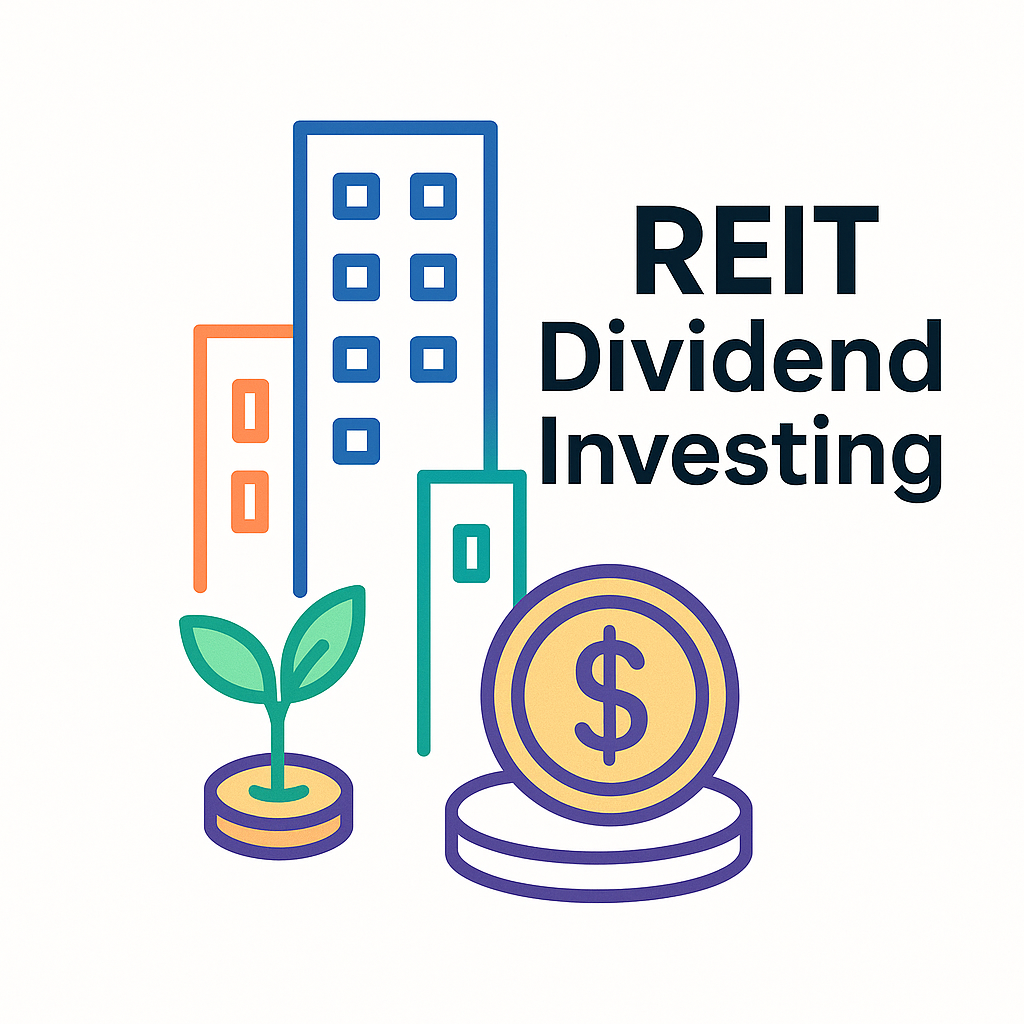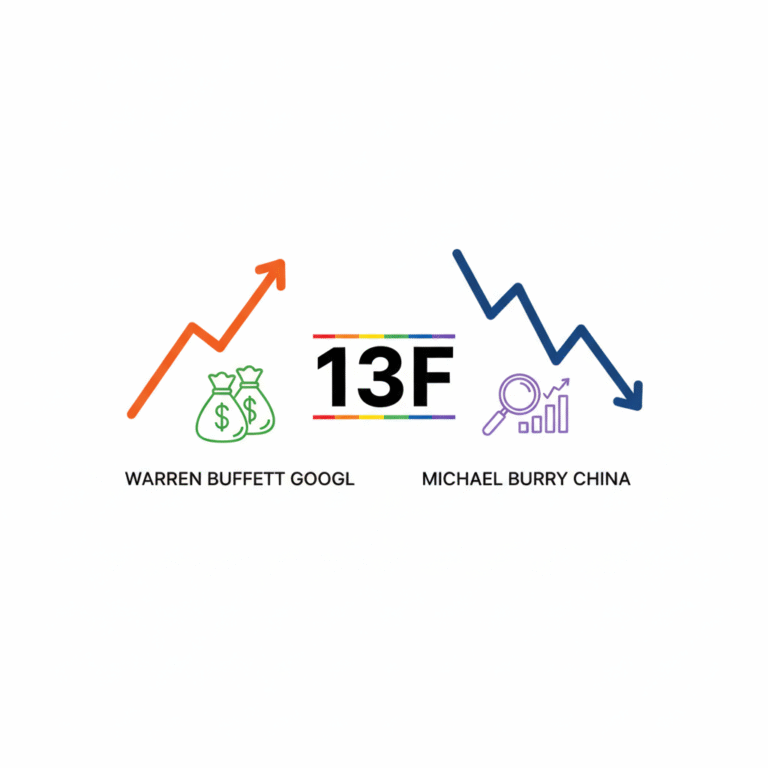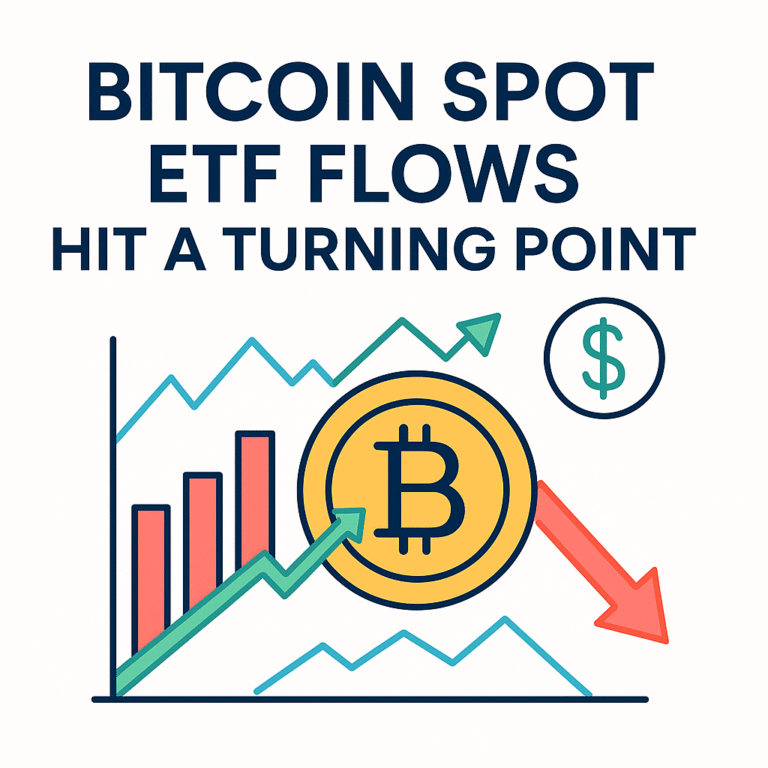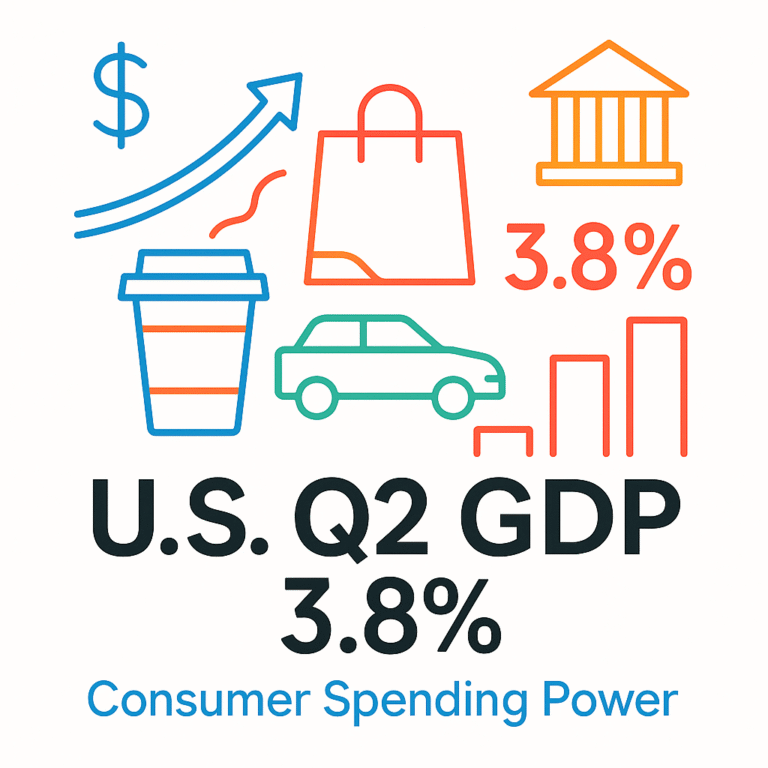How to Start U.S. REIT Dividend Investing with $100: 2025 Beginner’s Guide
Learn how to start REIT investing with just $100. A beginner’s guide to the best REIT ETFs, dividend reinvestment plans, and passive income strategies in 2025.
Key Takeaways
✔ REITs let investors earn dividends without owning property directly.
✔ U.S. REITs must distribute at least 90% of taxable income as dividends.
✔ Beginners can start REIT investing with $100–$500 using REIT ETFs for diversification.
✔ Passive income with U.S. REITs is attractive, but interest rate risks remain.
How to Start REIT Investing with Small Money
Real estate investing is often seen as requiring thousands of dollars in capital. But in 2025, small investors can build passive income with U.S. REITs starting from as little as $100. This makes REIT dividend investing one of the easiest ways to tap into real estate without directly owning property. For beginners, learning how to start REIT investing with $100 is a practical first step toward financial independence.
What Are REITs?
A Real Estate Investment Trust (REIT) is a company that owns or finances income-producing real estate. By law, U.S. REITs distribute at least 90% of their taxable income as dividends, making them a consistent income vehicle. Investors don’t need to directly own or manage property; instead, they can indirectly benefit from rental income, property appreciation, or mortgage interest through REITs.
📌 Learn more: Investopedia – What is a REIT?
Why Small Investors Should Consider REITs
The key advantage is the low entry point. Some REIT ETFs trade for under $100 per share, which means investors can start with modest capital. REITs also diversify portfolios, since they don’t always move in sync with the stock market. For workers looking to build passive income streams beyond their salaries, REITs can provide both stability and growth potential.
Types of REITs Explained
- Equity REITs: Own apartments, shopping centers, or offices, paying dividends from rent.
- Mortgage REITs: Invest in property mortgages, generating income from interest.
- Hybrid REITs: Blend equity and mortgage models for balanced exposure.
Beginners comparing Realty Income vs Prologis REIT will see that Realty Income focuses on retail and consistent monthly dividends, while Prologis (PLD) leads in industrial logistics properties.
How to Start REIT Investing with $100
Investment Scenarios by Capital
|
Investment Amount |
What You Can Do |
Potential Approach |
|---|---|---|
|
$100 |
Buy 1–2 shares of a REIT ETF |
Start with broad exposure through VNQ, SCHH, or XLRE |
|
$500 |
Mix ETFs and individual REITs |
Compare top dividend-paying REITs under $500 for stronger cash flow |
|
$1,000 |
Build a REIT-focused portfolio |
Use a mix of ETFs, Realty Income (O), and Prologis (PLD), reinvest dividends for growth |
Most brokerages offer Dividend Reinvestment Plans (DRIPs), which automatically reinvest payouts into new shares. Over time, this accelerates compounding growth without requiring extra cash contributions.
📌 Useful resource: Charles Schwab – Understanding REITs
Recommended REIT ETFs and Stocks
|
Ticker |
Name |
Type |
Dividend Yield (Approx.) |
Why It Matters |
|---|---|---|---|---|
|
VNQ |
Vanguard Real Estate ETF |
ETF |
~3.8% |
One of the best REIT ETFs for small investors 2025 |
|
SCHH |
Schwab U.S. REIT ETF |
ETF |
~3.5% |
Low-cost ETF, great for beginners starting with $100 |
|
XLRE |
Real Estate Select Sector SPDR |
ETF |
~3.6% |
Exposure to major real estate companies in the S&P 500 |
|
O |
Realty Income Corp. |
Equity REIT |
~5.5% |
Known as “The Monthly Dividend Company” |
|
PLD |
Prologis Inc. |
Equity REIT |
~3.2% |
Strong growth in logistics and industrial real estate |
Risks to Watch
REITs are sensitive to interest rates. Rising rates increase borrowing costs and reduce the appeal of dividends. Slowing economies can lead to higher vacancy rates, pressuring payouts. Be cautious of unusually high yields, as these may mask financial weakness. Understanding REIT investing strategy for long-term stability requires balancing yield with financial strength.
Outlook for 2025
In 2024, some REIT ETFs posted strong rebounds. For example, the VanEck Office and Commercial REIT ETF (DESK) delivered over 10% in annual gains. Average REIT dividend yields remain around 4%, far higher than the S&P 500’s 1.27%.
If the Federal Reserve cuts rates in 2025, REITs could gain momentum as financing costs decline. For long-term investors, passive income with U.S. REITs remains a compelling option.
Passive Income with U.S. REITs
U.S. REIT dividend investing is one of the simplest ways for small investors to build retirement income strategies. By using ETFs for diversification and DRIPs for compounding, even $100 can become the seed of financial independence.







